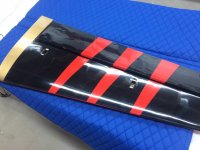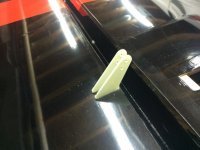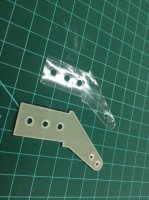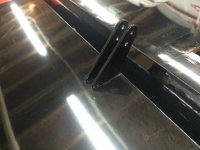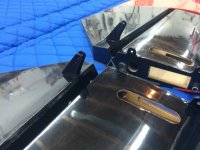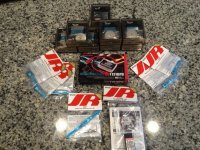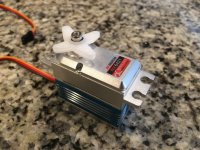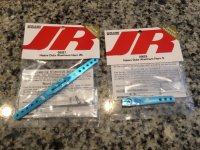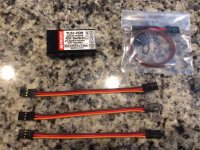MarkDennis
30cc
Finally had a chance to start working on the Extra. Im waiting on an order from JR Americas with all of my servos but I wanted to at least get the horns glued in to allow plenty of time for the epoxy to fully cure before getting the servos installed.
I started off by tightening the covering, I went over all the seems with my iron before touching anything with the beat gun. This helps prevent the seems from pulling apart and will make the covering last much longer. I also used the heat gun to help remove the vinyl Aeroplus logo from the wing, I've got some ideas for a cool JR Logo to go there so the Aeroplus logo had to go. The decal was easy to remove with just a little heat.
None of the 3 servo openings on for the aileron servos have been cut open from the factory. I'm going to start out with two servos so I opened up the inner and outer bay, if need be the mount and hardware is there for a 3rd servo to go in the middle.
I started off by tightening the covering, I went over all the seems with my iron before touching anything with the beat gun. This helps prevent the seems from pulling apart and will make the covering last much longer. I also used the heat gun to help remove the vinyl Aeroplus logo from the wing, I've got some ideas for a cool JR Logo to go there so the Aeroplus logo had to go. The decal was easy to remove with just a little heat.
None of the 3 servo openings on for the aileron servos have been cut open from the factory. I'm going to start out with two servos so I opened up the inner and outer bay, if need be the mount and hardware is there for a 3rd servo to go in the middle.

